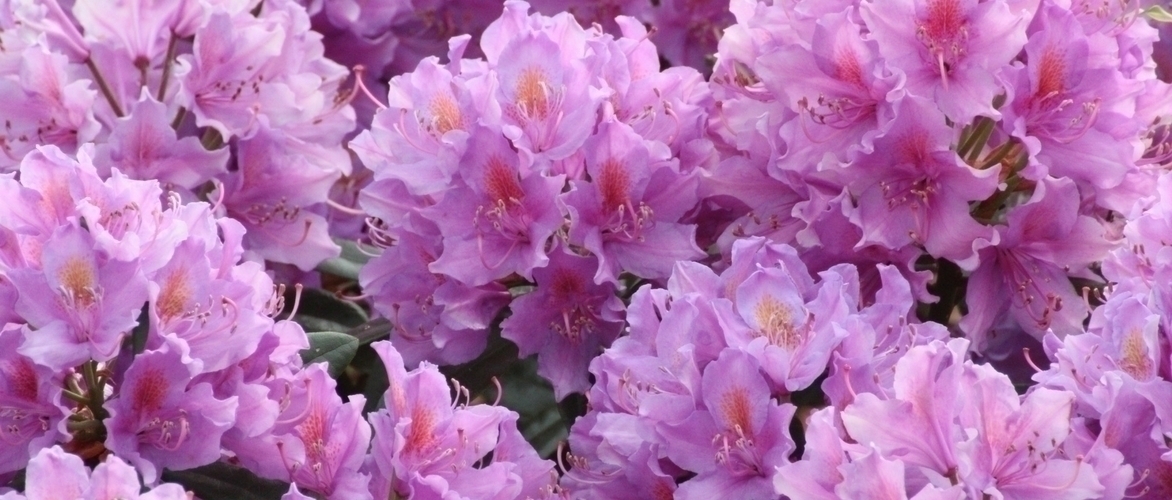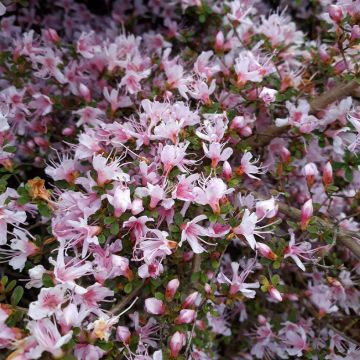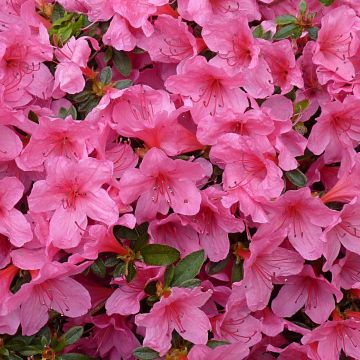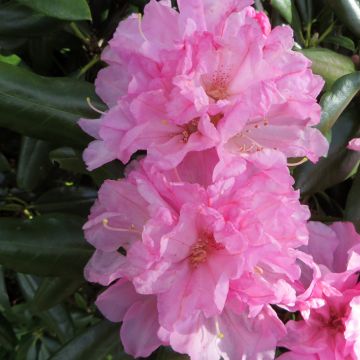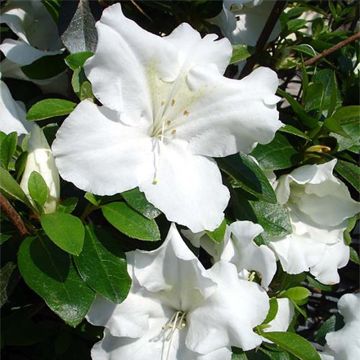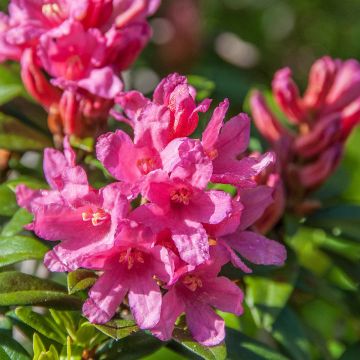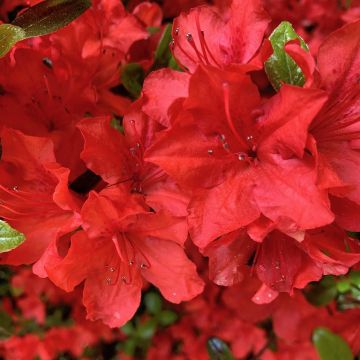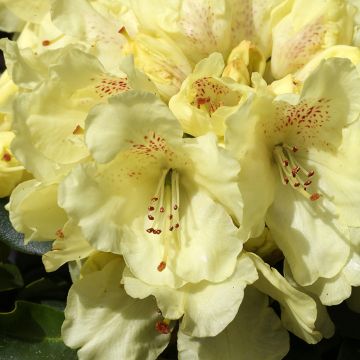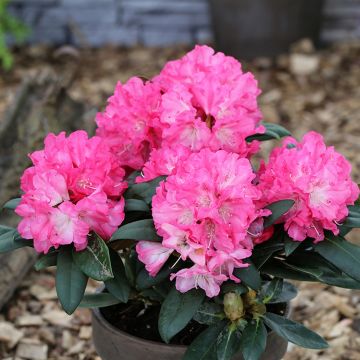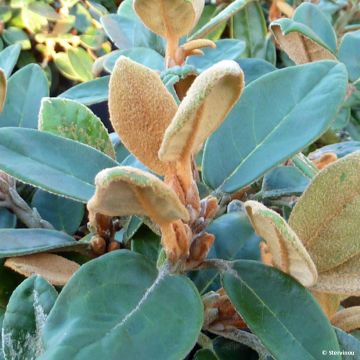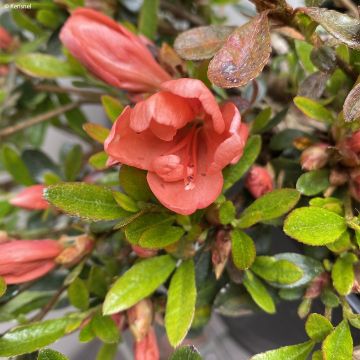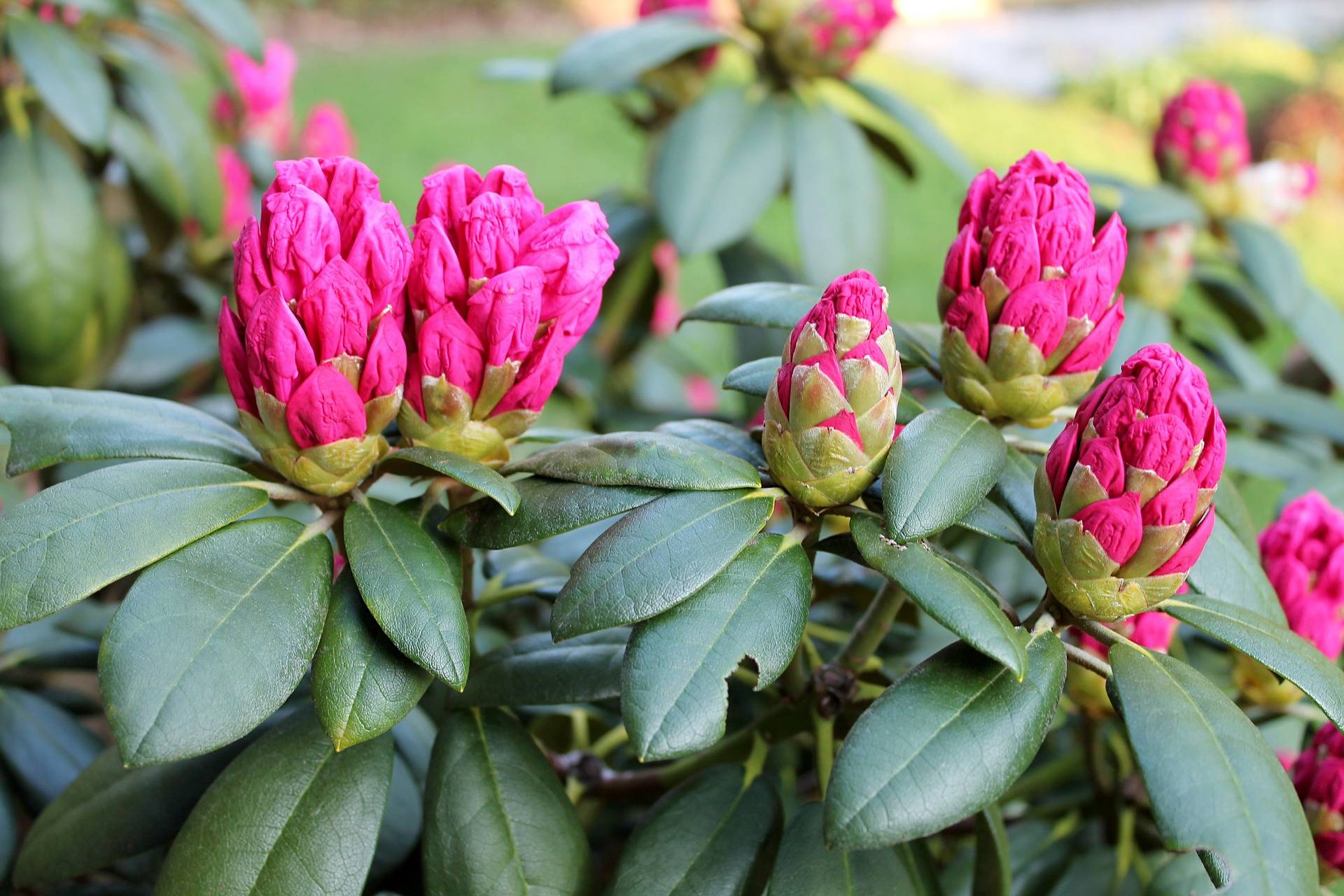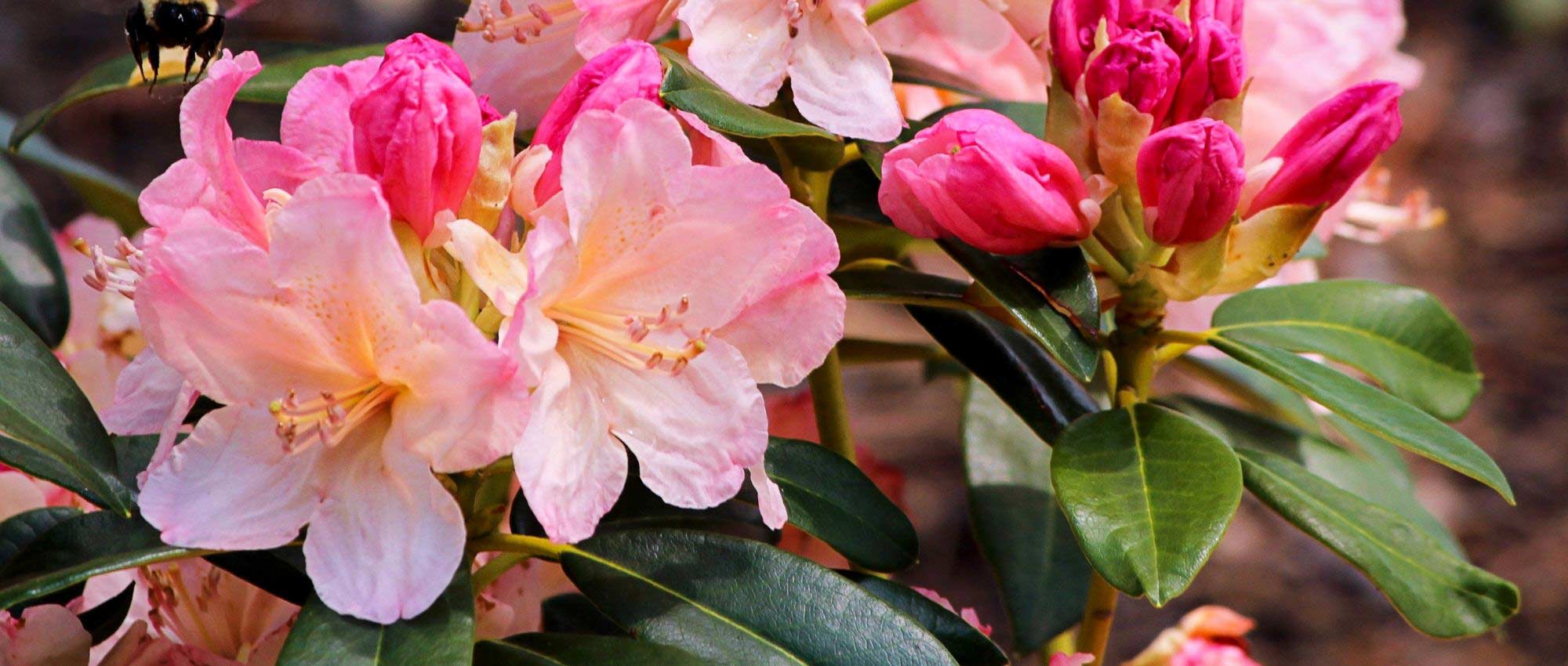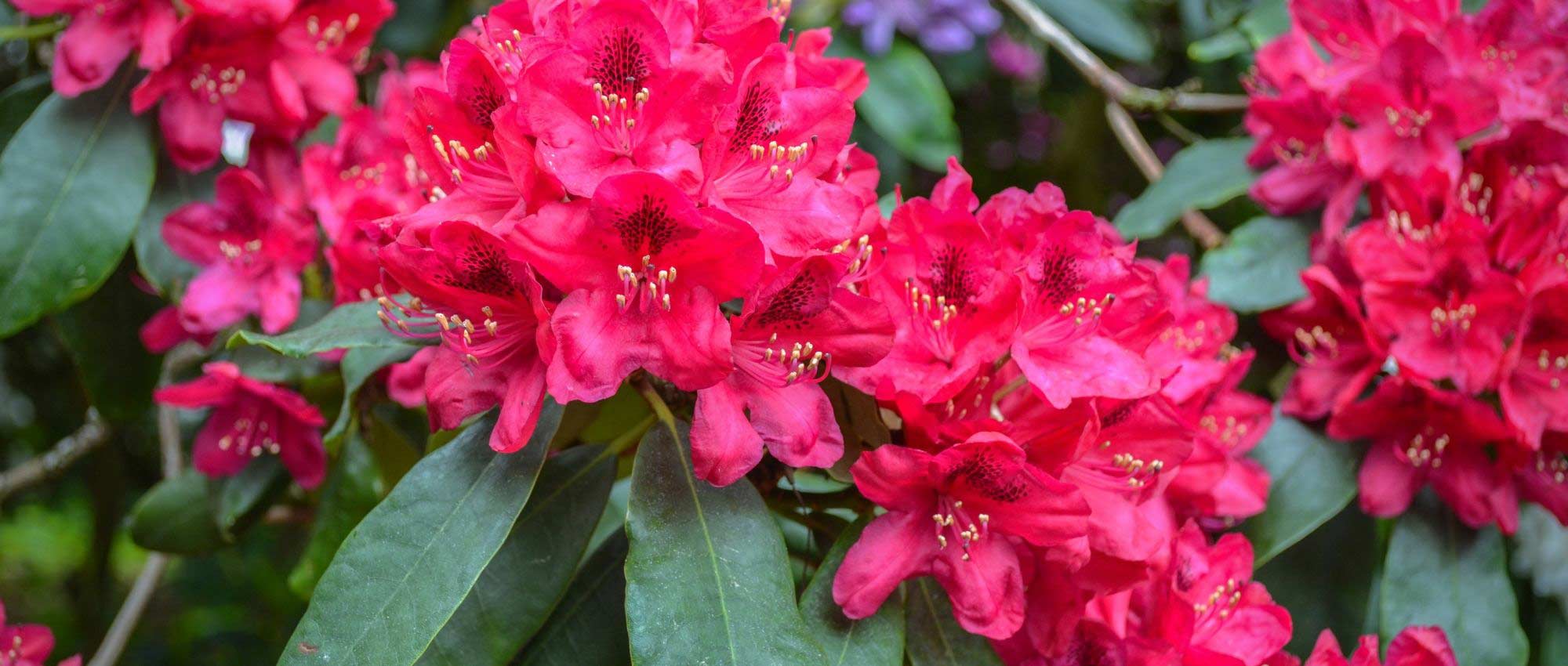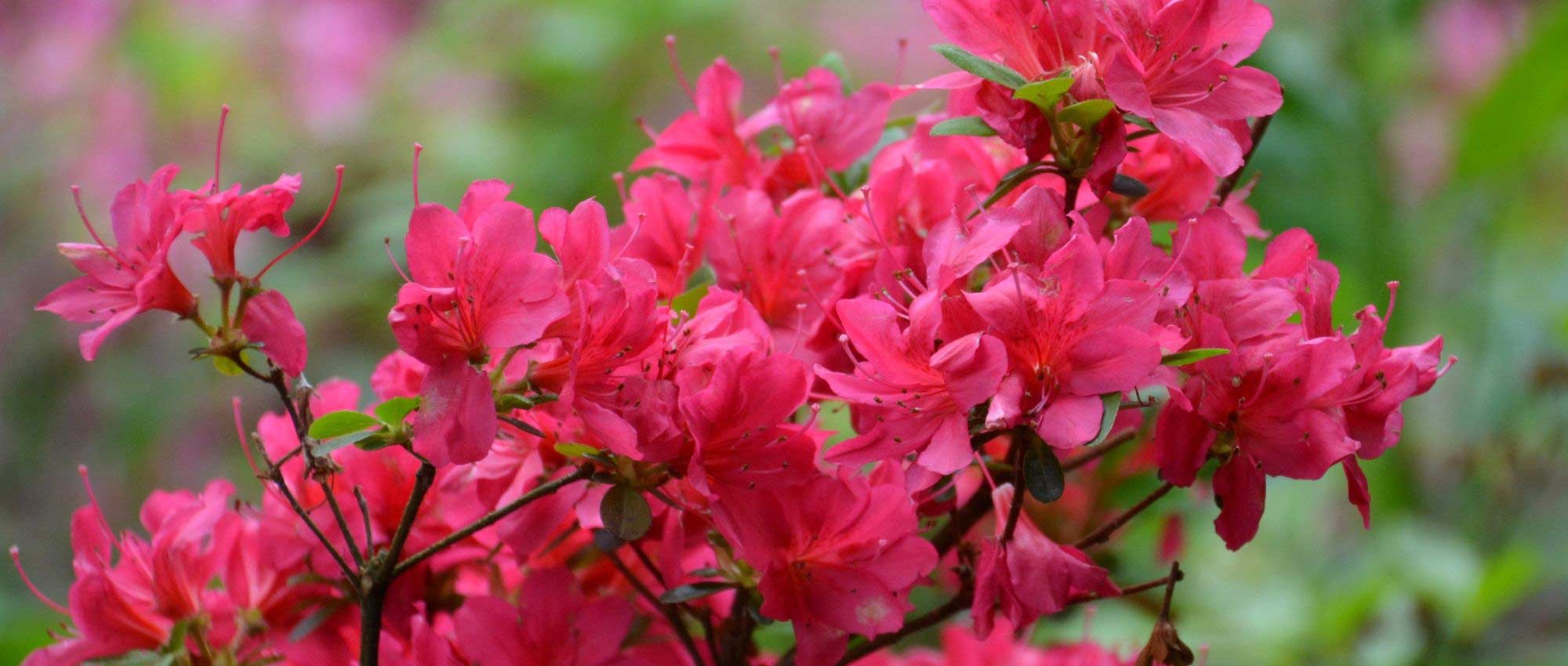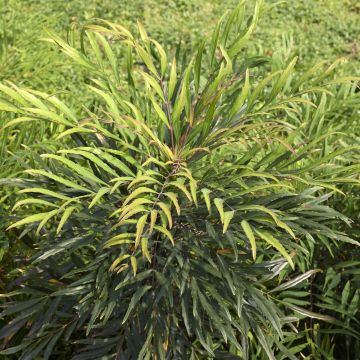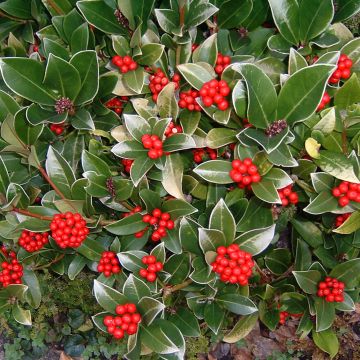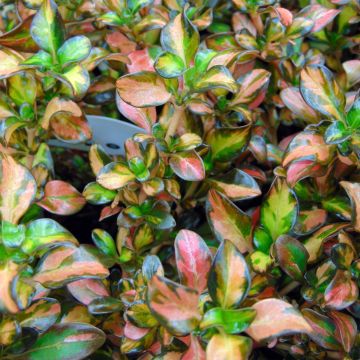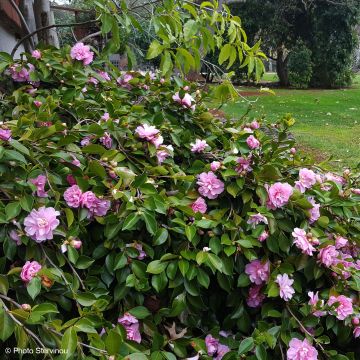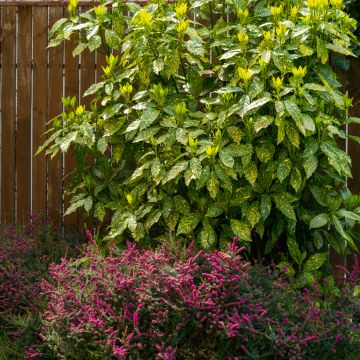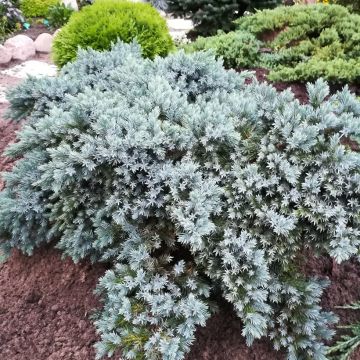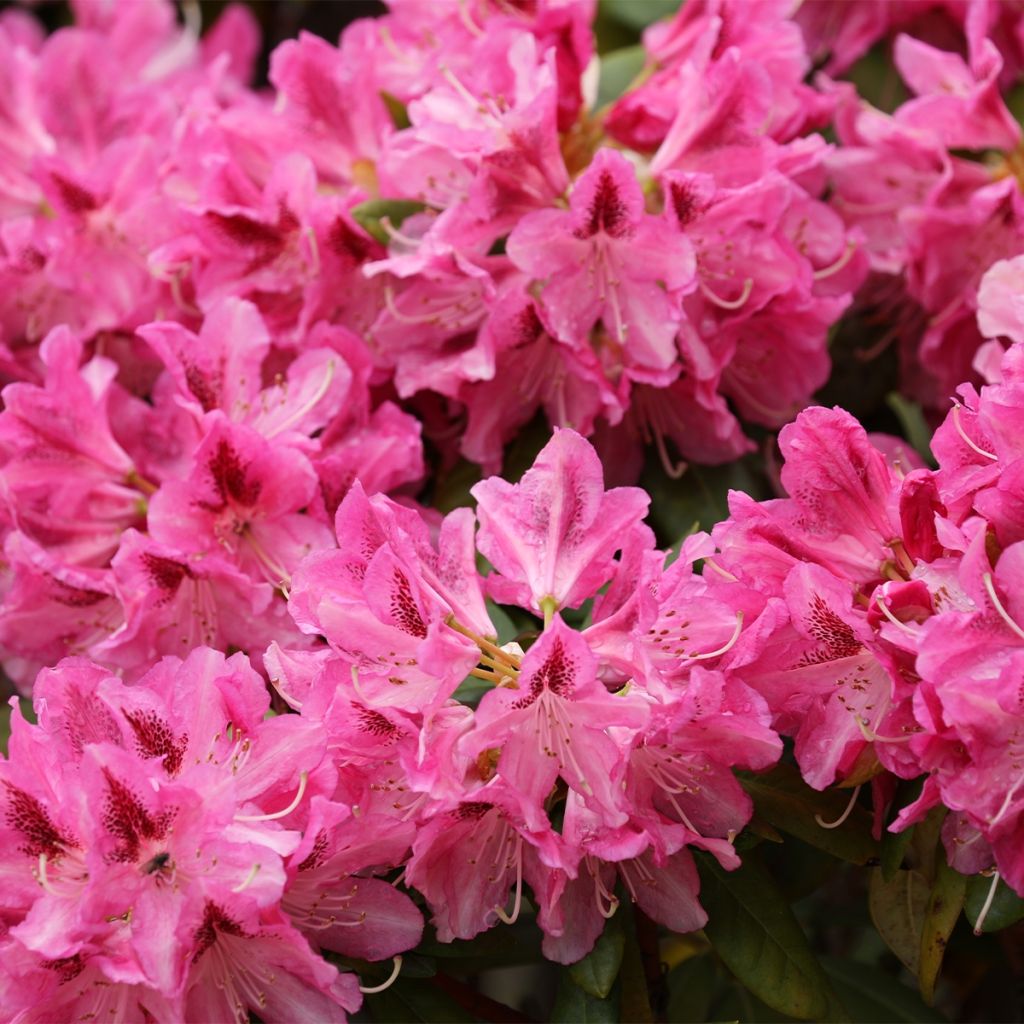

Rhododendron yakushimanum Sneezy
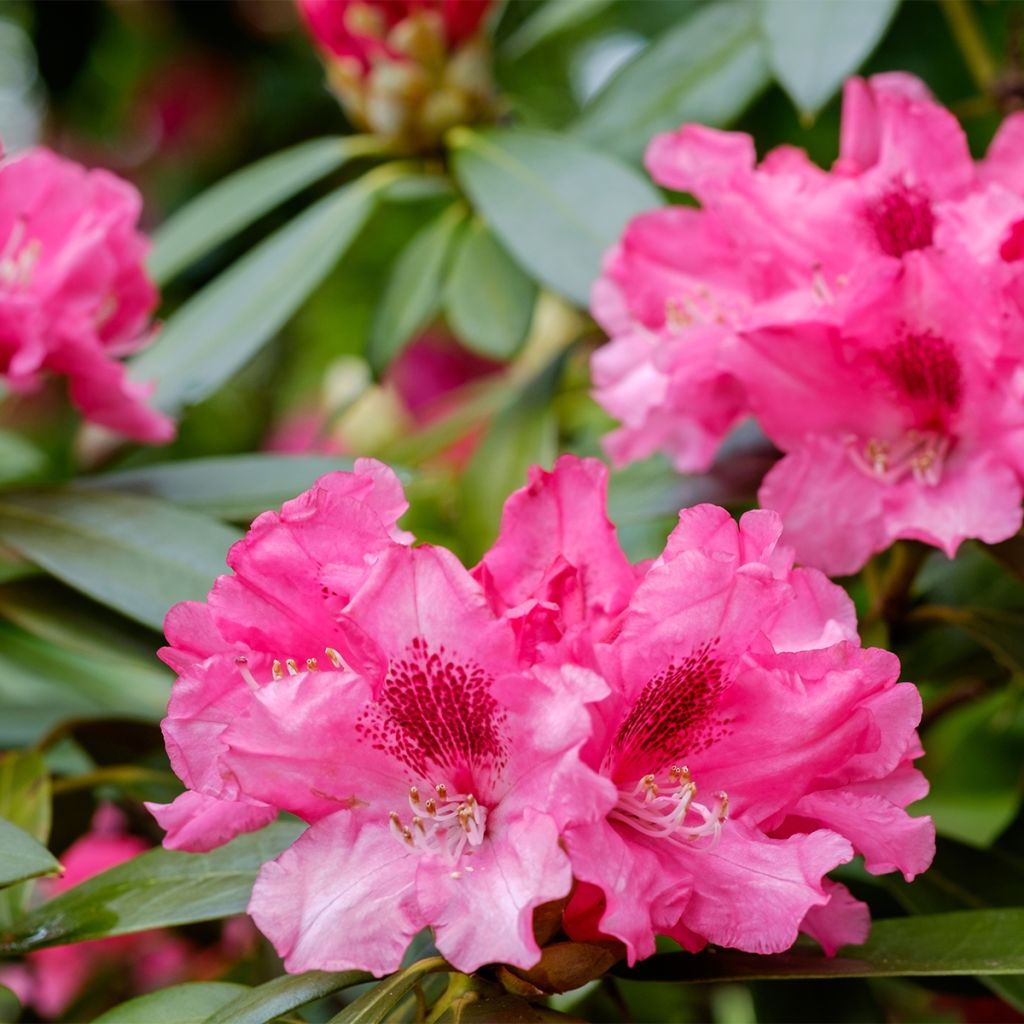

Rhododendron yakushimanum Sneezy
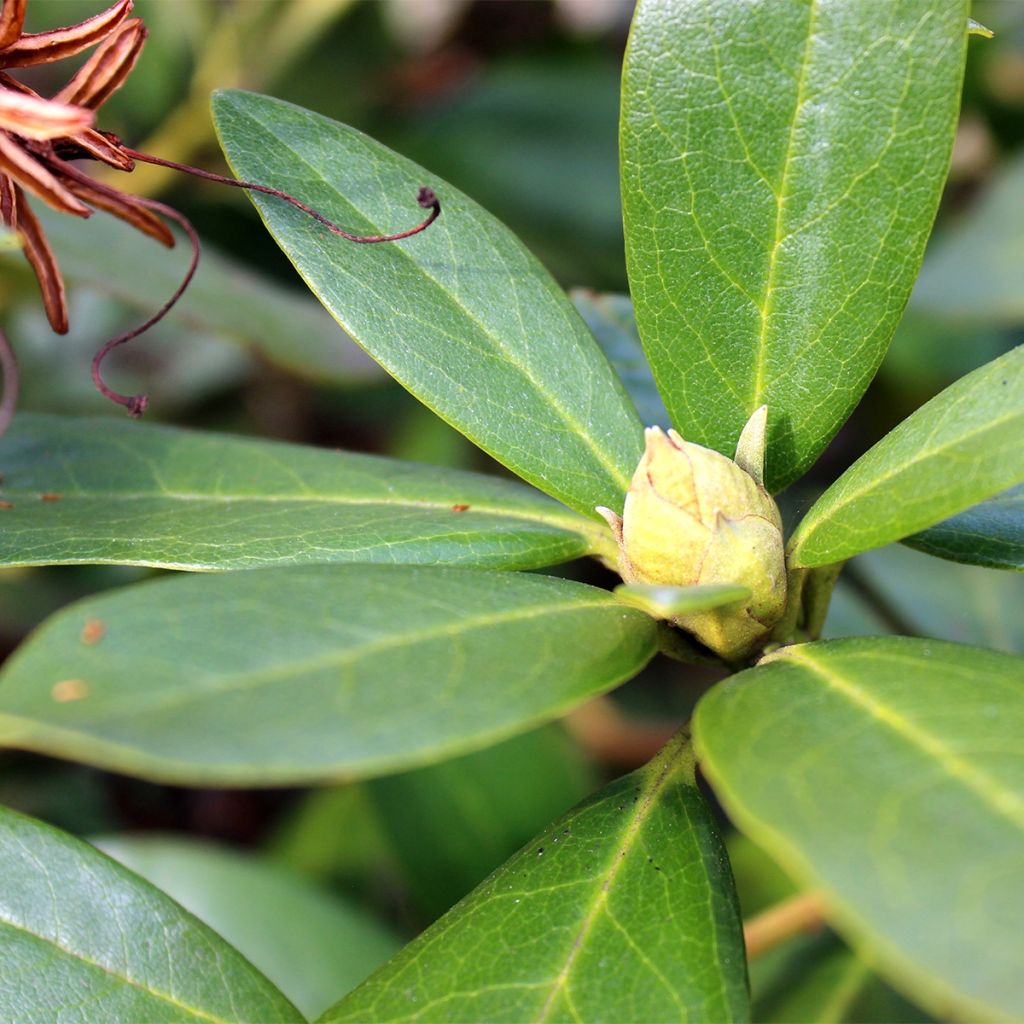

Rhododendron yakushimanum Sneezy
Rhododendron yakushimanum Sneezy
Rhododendron yakushimanum Sneezy
Yakushima Rhododendron, Yakushimanum Rhododendron
Special offer!
Receive a €20 voucher for any order over €90 (excluding delivery costs, credit notes, and plastic-free options)!
1- Add your favorite plants to your cart.
2- Once you have reached €90, confirm your order (you can even choose the delivery date!).
3- As soon as your order is shipped, you will receive an email containing your voucher code, valid for 3 months (90 days).
Your voucher is unique and can only be used once, for any order with a minimum value of €20, excluding delivery costs.
Can be combined with other current offers, non-divisible and non-refundable.
Home or relay delivery (depending on size and destination)
Schedule delivery date,
and select date in basket
This plant carries a 24 months recovery warranty
More information
We guarantee the quality of our plants for a full growing cycle, and will replace at our expense any plant that fails to recover under normal climatic and planting conditions.
Would this plant suit my garden?
Set up your Plantfit profile →
Description
Rhododendron yakushimanum 'Sneezy' is a compact hybrid that offers magnificent purple-pink flowering. Forming a bush with a compact habit of about 1m (3ft) in diameter, its shiny dark green evergreen foliage highlights its abundant flowering. This variety was awarded by the highly esteemed RHS (Royal Horticultural Society) in 2012 for its many qualities. Growing in full sun or partial shade in moist soil, it is an excellent choice for a small garden as well as for container planting. This very hardy, compact Rhododendron only dislikes limestone and drought.
Rhododendrons are plants belonging to the Ericaceae family, which includes hundreds of genera, many of which are common in our gardens. Heather, Kalmia, Andromeda, Leucothoe, Oxydendrum, and Gaultheria are valuable in ornamental beds, while Arbutus and especially Blueberries delight us with their fruits. In the vast majority, these are plants that prefer soils devoid of limestone, with an acidic tendency and humid climates.
Rhododendron yakushimanum 'Sneezy' was obtained in England in 1972 by the breeder J. Waterer. It is the result of the crossbreeding between a R. Yakushimanum (a dwarf Rhododendron from Japan) and the variety 'Doncaster' (a Rhododendron with red flowers that can reach 2m (7ft) in height). It forms a dense bush with a rounded habit, reaching approximately 1.00m (3ft) to 1.50m (5ft) in all directions at maturity. Its growth is slow, generally reaching 80cm (32in) at the age of 10. Its shiny dark green evergreen leaves are elongated and elliptical in shape, covering the plant well. Flowering occurs in April-May. Grouped in corymbs of 12 to 16, the red-pink to purple flower buds open into large funnel-shaped flowers. These then turn into a slightly paler pink, and since the buds do not all open at the same time but are staggered, the visual effect of this range of colours is simply superb. This Rhododendron thrives in acidic and moist, or even damp, ericaceous soil. It tolerates full sun as long as the soil remains moist in summer, which can be helped by mulching with bark at its base.
Like all yakushimanum hybrids, affectionately nicknamed "yak rhodos" by specialists, the Rhododendron 'Sneezy' is very hardy down to -20°C (1°F). Although they prefer partial shade, these hybrids can tolerate the sun as long as it is not scorching (morning sun), and their base remains moist. 'Sneezy', with its abundant and brightly coloured flowers, will easily adorn a small, slightly shaded space in the garden, accompanied by ferns such as Matteuccia struthiopteris, or Ostrich Fern, with its beautiful intricate fronds. Blue or variegated Hostas, Pieris, Japanese Maples, or other Rhododendrons will create stunning patchworks of textures and colours in spring. Growing in containers requires regular watering with lime-free water, as well as specific fertilizer for ericaceous plants.
Rhododendron yakushimanum Sneezy in pictures


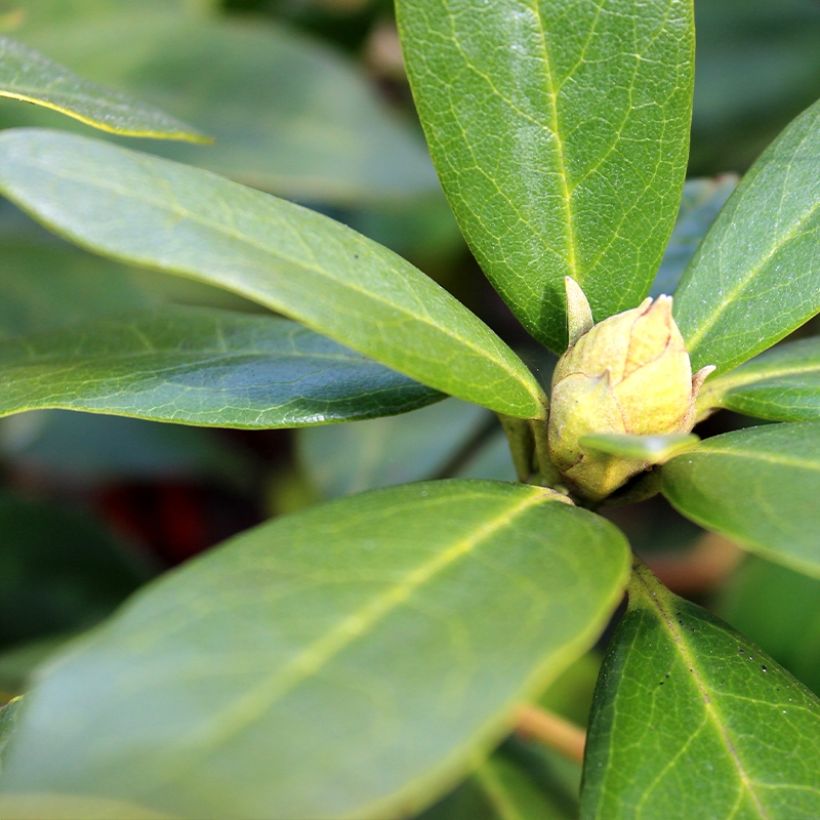

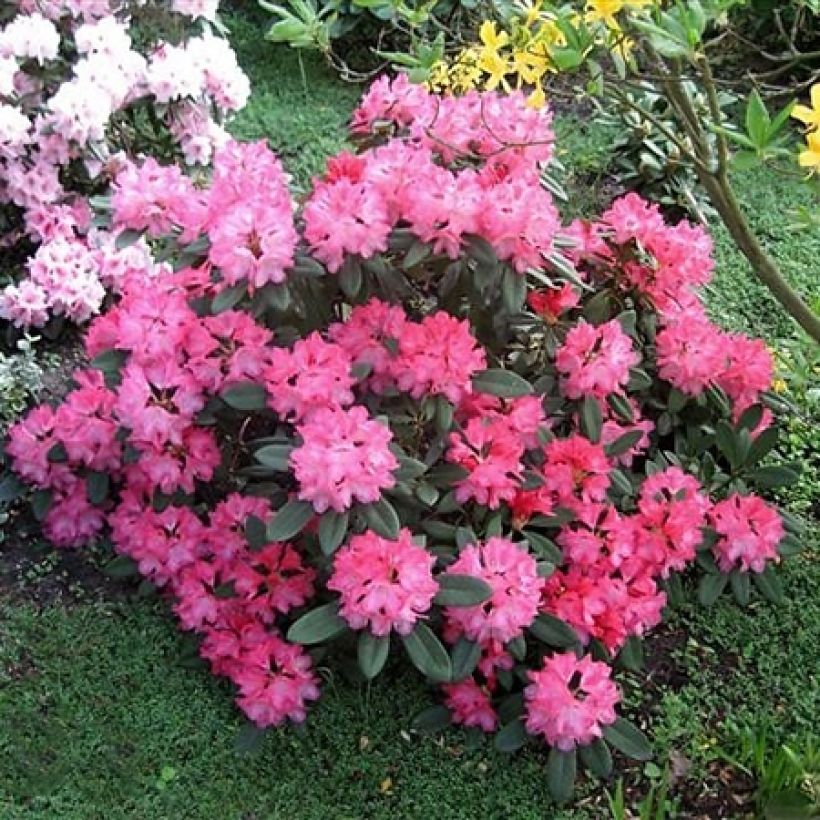

Plant habit
Flowering
Foliage
Botanical data
Rhododendron
yakushimanum
Sneezy
Ericaceae
Yakushima Rhododendron, Yakushimanum Rhododendron
Cultivar or hybrid
Other Small Rhododendron
View all →Planting and care
Plant Rhododendron yakushimanum 'Sneezy' in a sunny to semi-shaded position, protected from cold and drying winds, in a moist, humus-rich, and light soil with an acidic tendency (pH between 4.5 and 6). Like all ericaceous plants, it does not tolerate alkaline soils, nor drought, heatwaves, or heavy waterlogged soils in winter. If the soil remains moist in summer, this rhododendron can also tolerate exposure to non-scorching sunlight.
Dig a hole three times larger than the pot volume. Soak the root ball in lime-free water for fifteen minutes and plant the bush at collar level in a mixture composed of leaf compost, gravel or pumice, and loam. Water generously and keep the soil moist in summer. Rhododendrons have a shallow root system, so they are susceptible to long dry periods. That's why it is recommended to have humus-rich soil and abundant watering during dry periods. Furthermore, their root system is not very strong, which is why it is essential to lighten heavy soils with draining materials (gravel, pumice, clay pellets) when planting. Apply a mulch of shredded pine bark around the base of the bush every spring to maintain soil moisture while preserving an acidic pH.
Maintenance consists of removing faded flowers in summer and removing dead branches. Azaleas and Rhododendrons can sometimes be attacked by weevils that eat the edges of leaves and rootlets, as well as the infamous "rhododendron beetle," which does not often cause significant damage. Effective biological solutions now exist against weevils. Yellowing of the leaves (chlorosis) in Rhododendrons indicates poor assimilation of iron from the soil and can lead to premature death of the plant. While limestone (from the soil or irrigation water) is often the cause, poorly drained soil or deeply planted root balls can also explain the phenomenon.
Planting period
Intended location
Care
Planting & care advice
This item has not been reviewed yet - be the first to leave a review about it.
Similar products
Haven't found what you were looking for?
Hardiness is the lowest winter temperature a plant can endure without suffering serious damage or even dying. However, hardiness is affected by location (a sheltered area, such as a patio), protection (winter cover) and soil type (hardiness is improved by well-drained soil).

Photo Sharing Terms & Conditions
In order to encourage gardeners to interact and share their experiences, Promesse de fleurs offers various media enabling content to be uploaded onto its Site - in particular via the ‘Photo sharing’ module.
The User agrees to refrain from:
- Posting any content that is illegal, prejudicial, insulting, racist, inciteful to hatred, revisionist, contrary to public decency, that infringes on privacy or on the privacy rights of third parties, in particular the publicity rights of persons and goods, intellectual property rights, or the right to privacy.
- Submitting content on behalf of a third party;
- Impersonate the identity of a third party and/or publish any personal information about a third party;
In general, the User undertakes to refrain from any unethical behaviour.
All Content (in particular text, comments, files, images, photos, videos, creative works, etc.), which may be subject to property or intellectual property rights, image or other private rights, shall remain the property of the User, subject to the limited rights granted by the terms of the licence granted by Promesse de fleurs as stated below. Users are at liberty to publish or not to publish such Content on the Site, notably via the ‘Photo Sharing’ facility, and accept that this Content shall be made public and freely accessible, notably on the Internet.
Users further acknowledge, undertake to have ,and guarantee that they hold all necessary rights and permissions to publish such material on the Site, in particular with regard to the legislation in force pertaining to any privacy, property, intellectual property, image, or contractual rights, or rights of any other nature. By publishing such Content on the Site, Users acknowledge accepting full liability as publishers of the Content within the meaning of the law, and grant Promesse de fleurs, free of charge, an inclusive, worldwide licence for the said Content for the entire duration of its publication, including all reproduction, representation, up/downloading, displaying, performing, transmission, and storage rights.
Users also grant permission for their name to be linked to the Content and accept that this link may not always be made available.
By engaging in posting material, Users consent to their Content becoming automatically accessible on the Internet, in particular on other sites and/or blogs and/or web pages of the Promesse de fleurs site, including in particular social pages and the Promesse de fleurs catalogue.
Users may secure the removal of entrusted content free of charge by issuing a simple request via our contact form.
The flowering period indicated on our website applies to countries and regions located in USDA zone 8 (France, the United Kingdom, Ireland, the Netherlands, etc.)
It will vary according to where you live:
- In zones 9 to 10 (Italy, Spain, Greece, etc.), flowering will occur about 2 to 4 weeks earlier.
- In zones 6 to 7 (Germany, Poland, Slovenia, and lower mountainous regions), flowering will be delayed by 2 to 3 weeks.
- In zone 5 (Central Europe, Scandinavia), blooming will be delayed by 3 to 5 weeks.
In temperate climates, pruning of spring-flowering shrubs (forsythia, spireas, etc.) should be done just after flowering.
Pruning of summer-flowering shrubs (Indian Lilac, Perovskia, etc.) can be done in winter or spring.
In cold regions as well as with frost-sensitive plants, avoid pruning too early when severe frosts may still occur.
The planting period indicated on our website applies to countries and regions located in USDA zone 8 (France, United Kingdom, Ireland, Netherlands).
It will vary according to where you live:
- In Mediterranean zones (Marseille, Madrid, Milan, etc.), autumn and winter are the best planting periods.
- In continental zones (Strasbourg, Munich, Vienna, etc.), delay planting by 2 to 3 weeks in spring and bring it forward by 2 to 4 weeks in autumn.
- In mountainous regions (the Alps, Pyrenees, Carpathians, etc.), it is best to plant in late spring (May-June) or late summer (August-September).
The harvesting period indicated on our website applies to countries and regions in USDA zone 8 (France, England, Ireland, the Netherlands).
In colder areas (Scandinavia, Poland, Austria...) fruit and vegetable harvests are likely to be delayed by 3-4 weeks.
In warmer areas (Italy, Spain, Greece, etc.), harvesting will probably take place earlier, depending on weather conditions.
The sowing periods indicated on our website apply to countries and regions within USDA Zone 8 (France, UK, Ireland, Netherlands).
In colder areas (Scandinavia, Poland, Austria...), delay any outdoor sowing by 3-4 weeks, or sow under glass.
In warmer climes (Italy, Spain, Greece, etc.), bring outdoor sowing forward by a few weeks.






























